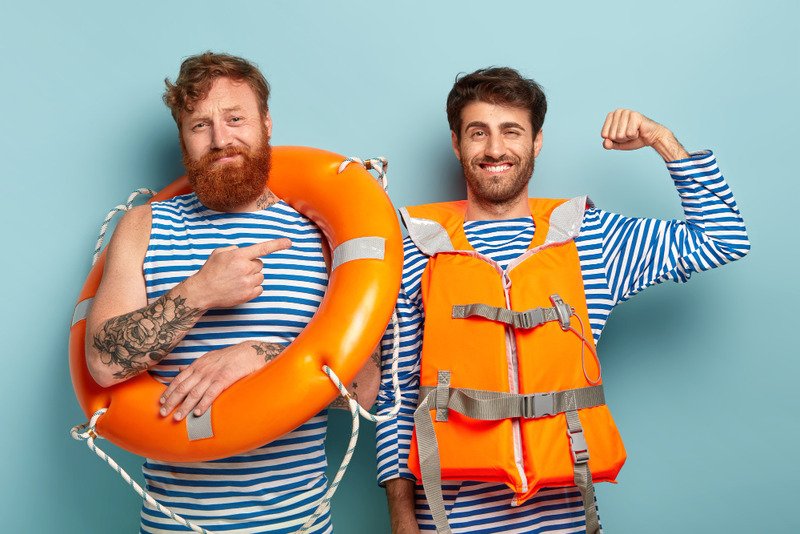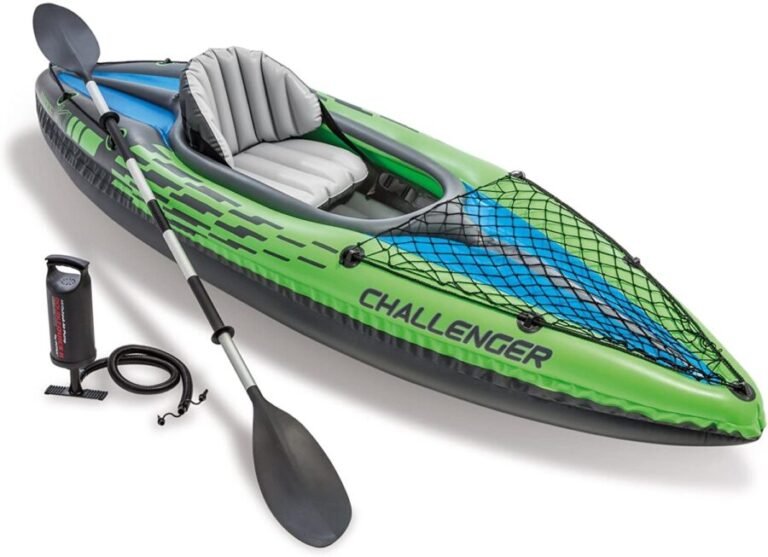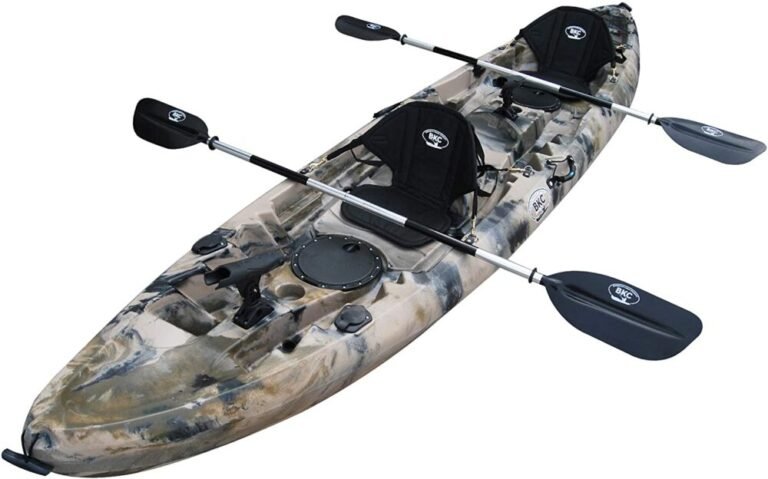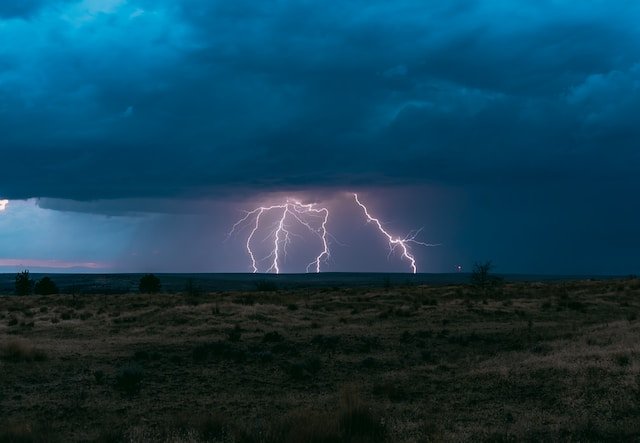Do You Need a Life Jacket on a Kayak?

In kayaking, as in life, accidents can happen when you least expect them (they actually tend to happen when you least expect them!). From sudden weather changes and strong currents to collisions with submerged objects, your movement while out on the water can be unpredictable.
That’s where your choice of gear, specifically your life jacket, becomes important. Safety should always be your top priority when participating in any Wassersport. Kayaking is fun but has inherent risks.
Statistics have shown that a majority of accidents that include drowning occur is as a result of the absence of Schwimmwesten. Schwimmwesten are essential when engaging in water activities, especially kayaking.
The laws regarding Rettungsweste use vary depending on the state you plan to kayak in. It’s a good idea to check the regulations and comply with them. Most states don’t require adults to wear a Rettungsweste, but different states have made it a requirement for life jackets to be worn by children under a certain age.
Do You Need A Life Jacket On A Kayak?
Life jackets are typically required to be onboard kayaks, but the specific regulations can vary based on location and local laws. It’s always important to check the specific requirements for the area where you plan to kayak.
It’s a good safety practice for everyone on a kayak to wear a properly fitted life jacket at all times, regardless of local regulations. We recommend that you wear a life jacket/buoyancy aid when kayaking, as the majority of modern designs are quite comfortable and reasonably unobtrusive. They provide you with a couple of easy-to-reach pockets and just might save your life someday.
It’s easy to go with the idea that you’ll swim to safety without a life jacket if you happen to fall into the water, but you’d be surprised just how hard it can be to swim even half the width of a lake, particularly against even a gentle current or offshore wind.
Was ist A? Life Jacket?
A life jacket is a personal flotation device designed to keep a person afloat in water. A life jacket is also known as a life vest or life preserver, and typically is made of buoyant materials and worn around the torso.
The main purpose of a life jacket is to provide buoyancy and prevent the wearer from sinking in the water, especially in situations where swimming to safety may be difficult. A life jacket is a non-negotiable piece of safety gear for kayakers. There are different types of life jackets.
Foams: these are the traditional, inherently buoyant life jackets. They provide buoyancy through foam inserts and are suitable for all skill levels. Foam PFDs offer consistent floatation and do not rely on any external factors for their functionality.
Inflatables: Inflatable PFDs are compact and comfortable to wear. They remain deflated until activated, either manually or automatically. These are a preference for experienced kayakers due to their unobtrusive design, but should only be used by individuals who are confident in their swimming abilities.
Hybrids: these combine features of both inflatable and foam PFDs. They offer comfort and buoyancy while allowing for some manual inflation options. These are versatile and can cater to various kayaking preferences.
Importance of Wearing a Life Jacket
The Possibility of Drowning
Drowning is a tragic reality in kayaking accidents, and statistics reveal the grim consequences of not wearing a life jacket. Life jackets are designed to keep you buoyant, even if you’re injured or fatigued, reducing the risk of drowning in turbulent waters. According to the U.S. Coast Guard, 77% of boating-related drownings occur in situations where the victim was not wearing a life jacket.
Hypothermia and Cold-Water
Kayaking in cold water can lead to hypothermia, a life-threatening condition caused by exposure to extreme cold. Life jackets not only provide buoyancy but also help insulate your body by trapping a layer of air close to your skin. This insulation can significantly delay the onset of hypothermia, giving you extra time to reach safety.
How to Properly Fit a Life Jacket
Adjustable Straps and Buckles: Most modern life jackets are equipped with adjustable straps and buckles. Start by loosening all straps to put on the life jacket comfortably.
Ensuring Snugness Without Discomfort: Begin with the waist strap and secure it snugly around your waist. Adjust the shoulder straps to ensure a comfortable fit without restricting your range of motion. The life jacket should hug your torso without being overly tight or causing discomfort. Test the fit by raising your arms and ensuring the life jacket stays in place.
Important Maintenance Tips
Inspect Seams and Fabric: Regularly examine your life jacket for signs of wear and tear. Look for frayed seams, damaged fabric, or loose stitching. Pay close attention to areas that may be prone to abrasion, such as the sides and edges.
Replace Damaged Life Jackets: If your life jacket shows significant damage, it must be replaced promptly. A damaged life jacket may not provide the buoyancy needed for your safety. Dispose of old or damaged life jackets properly and invest in a new one to ensure your safety on the water.
Tips for Kayaking Safely
Kayak In Groups: There is strength in numbers. Whenever possible, kayak with a group or a kayaking buddy. In a group, you can watch out for each other, provide assistance in emergencies, and share the overall experience.
Kommunikation: Establish clear communication with your kayaking partners. Plan signals and stay within sight and earshot to coordinate actions if needed.
In summary, a life jacket is highly recommended when you choose to go out on the water. Ensure you’re safe while out on the water by having a life jacket on, it’s always better safe than sorry.






